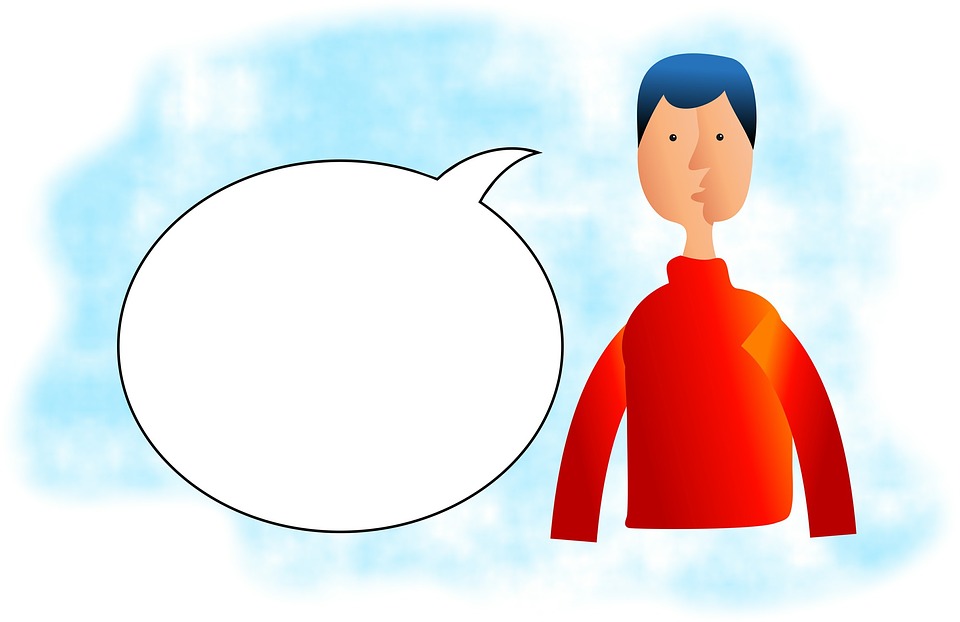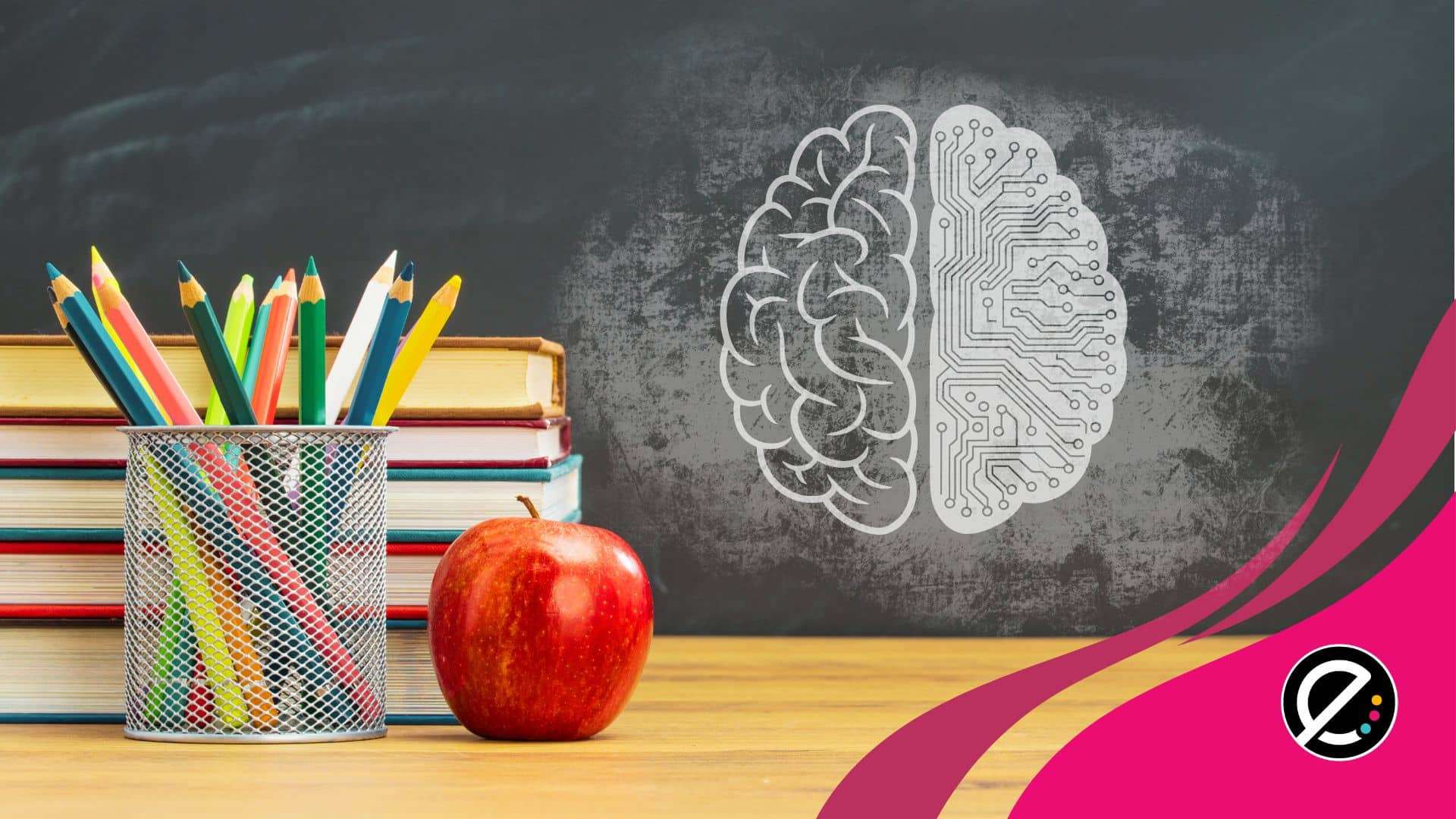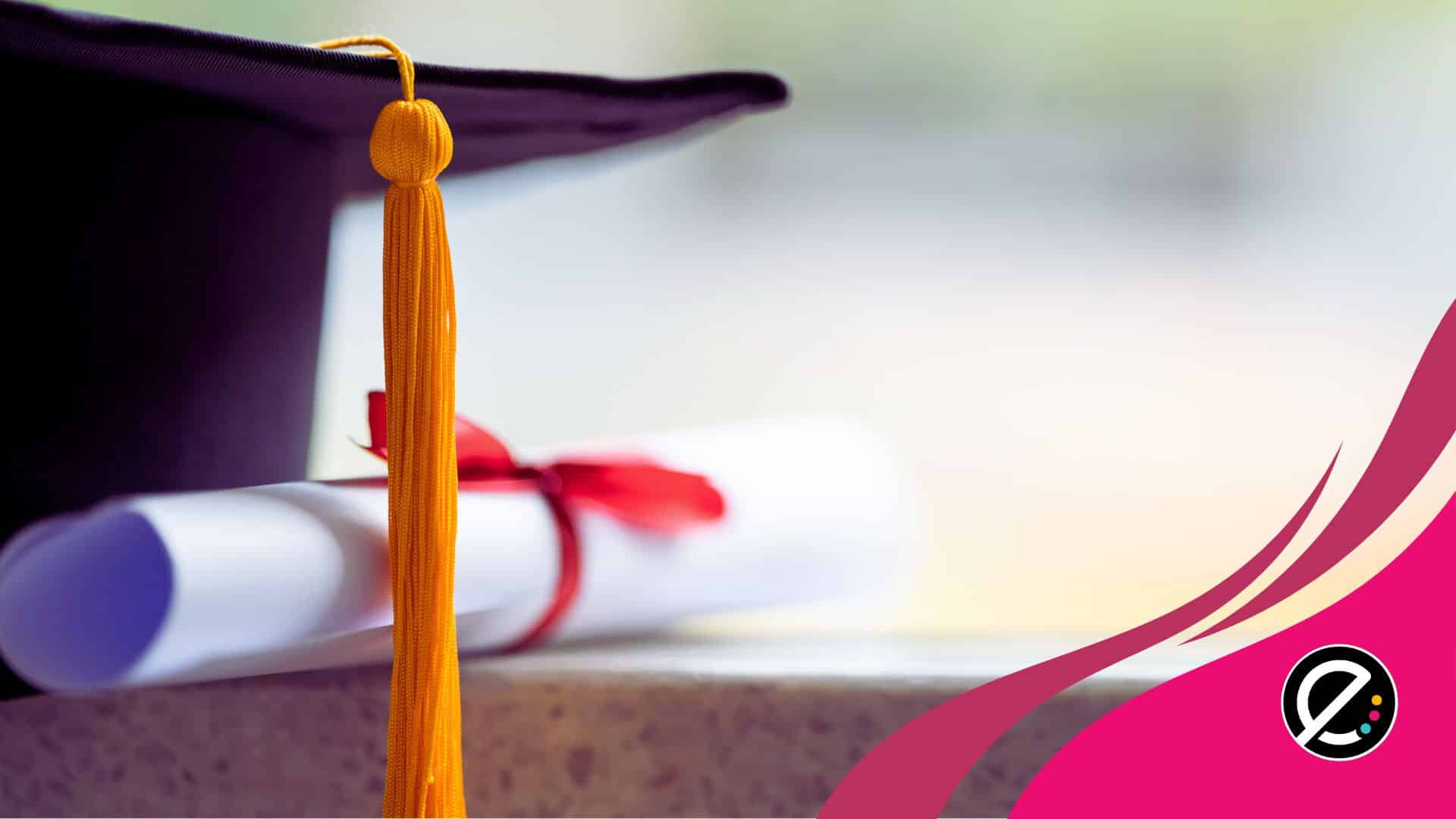Les logiciels transformant un texte en message audio et, à l’inverse, un message audio en texte, offrent des possibilités importantes en éducation. Voici des exemples.
Le but des logiciels reconnaissance et de synthèse vocale est simple : conserver le sens d’un message tout en transformant son support. Il est possible depuis longtemps d’écrire des mots sur un ordinateur afin que ce dernier les reconnaisse et les transforme en message audio. Les améliorations des dernières années permettent maintenant aux logiciels de lire des textes et comprendre des narrations complexes tout en respectant la ponctuation. De ce fait, il est maintenant possible de créer une conversion très fidèle.
Certains logiciels font un travail étonnant sur le plan de la conversion de l’écrit vers l’oral. Par exemple, l’application pour iPad Voice Dream et le logiciel WordQ ont vu leurs mérites sur le plan éducatif soulignés. Sur le plan de l’oral vers l’écrit, il existe des logiciels très efficaces, comme le logiciel de reconnaissance vocale Dragon.
Un coup de main important pour certains troubles d’apprentissage
Au niveau de l’apprentissage spécialisé et des troubles d’apprentissage, ces logiciels sont déjà utilisés depuis quelques années avec les élèves. Ils leur sont d’une grande aide, notamment au niveau de la dyslexie, de la dysorthographie et des troubles d’élocution. Par exemple, ils peuvent aider les élèves qui éprouvent des difficultés à lire, à écrire ou à prononcer, par exemple en leur faisant écrire une syllabe, un mot ou une phrase et écouter sa prononciation. Inversement, ils permettent à un élève de prononcer une phrase ou un mot et de voir comment on l’écrit. À ce titre, il est possible de lire le témoignage d’une enseignante américaine qui utilise les logiciels de transcription écrit-oral pour traiter un trouble de dyslexie.
Au Québec, on peut aussi consulter le site Service national du RÉCIT en adaptation scolaire, qui propose information et tutoriels sur ce type d’outil.
Une utilité certaine dans l’apprentissage des langues
Il y a également une utilisation intéressante à envisager au niveau de l’apprentissage des langues. En effet, les logiciels de reconnaissance et de synthèse vocale permettent souvent aussi de traduire un texte dans une autre langue et de le lire. En plus d’apprendre un mot dans une nouvelle langue, cela permet à l’élève d’entendre sa prononciation correcte. Des sites gratuits, comme ImTranslator, permettent de le faire.
Et pourquoi pas, au service de la différenciation
Certains élèves préfèrent apprendre par la lecture, alors que d’autres préfèrent écouter. Les avancées dans les logiciels de transcription permettront probablement bientôt de convertir aisément des notes de cours complexes en format audio, qui pourront être écoutées par les élèves qui le désirent. Il y a fort à parier aussi qu’ils permettront même de transférer un exposé oral en texte et d’en faire la lecture sur une tablette ou une liseuse électronique…






